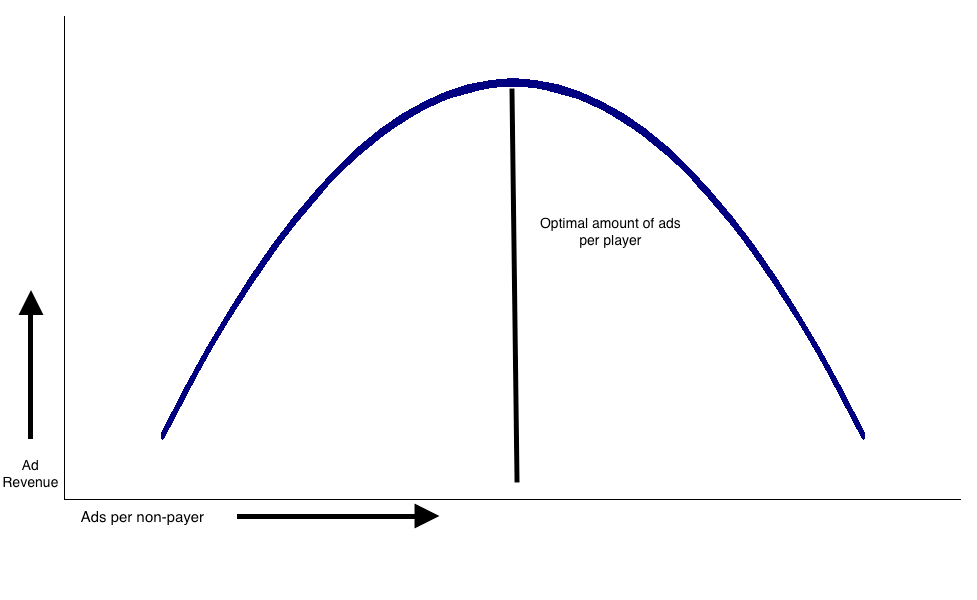
A paradigm forever changed, one man carries a dying tradition.
Steve Levitt, the last price theory samurai, and John List, future nobel prize winner, have published a paper on free to play economics.
In a textbook neoclassical experiment, Levitt alters the quantity of Candy Crush hard currency at a given price point. While economists generally think of price variation as the way of deriving demand curves, quantity variations are just as legitimate a tool.
Despite a sample size of over 15 million and a wide range of quantity convexity (80% variation across variants), all quantity discounting schemes produced similar revenue. Levitt concludes by commenting,
“…varying quantity discounts across an extremely wide range had almost no profit impact in the short term.”
The interesting and little explored result indicates that,
…almost all of the impact of the price changes was among those already making a purchase; radical price reductions induced almost no new customers to buy…
This suggests free to play games are made up of two groups of users: purchasers and non-purchasers. This means the decision of becoming a customer is exogenous, there is no ability to convert non-customers to customers i.e. this is decided outside of the game. Put another way, non-customers are perfectly price inelastic and customers are perfectly price elastic. Indeed, industry research collaborate this.2
- Interesting, but is it actionable?
Were this to hold, it suggests a number of results. The first is that product manager’s ability to monetize non-customers (99%~ of users) will not come from IAP, but rather other forms. This may help explain why F2P ad revenue and incentivized video continues to show YoY growth.3 4
Furthermore, product managers should consider experiments exploring the maxima point of ad frequency. Given that there’s a trade-off between retention and ad-frequency there exists an optimal ad frequency point.

With little chance of non-customers converting to customers, product managers should worry less about increased ad frequency turning off potential customers.
The final result suggests the ROI of trying to raise the LTV of customers exceeds that of trying to raise the new customer creation rate. Product managers should develop roadmaps in accordance.
- http://venturebeat.com/2014/02/26/only-0-15-of-mobile-gamers-account-for-50-percent-of-all-in-game-revenue-exclusive/ [/note 1 http://www.gamesindustry.biz/articles/2013-08-22-two-thirds-of-whales-are-males
- https://www.chartboost.com/blog/2015/04/mr-jump-20-000-day-mobile-game-ads/
- http://www.pocketgamer.biz/news/63994/giftgamings-lift-deuls-daily-revenues-by-up-to-38/